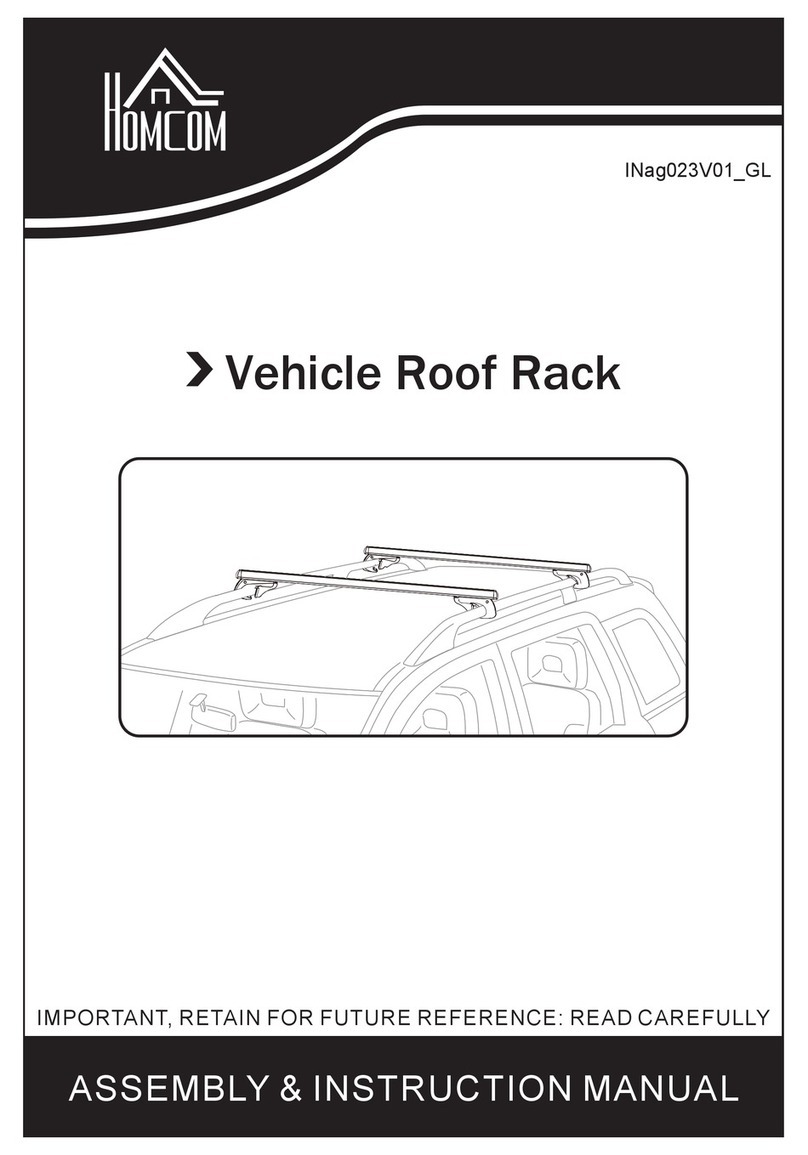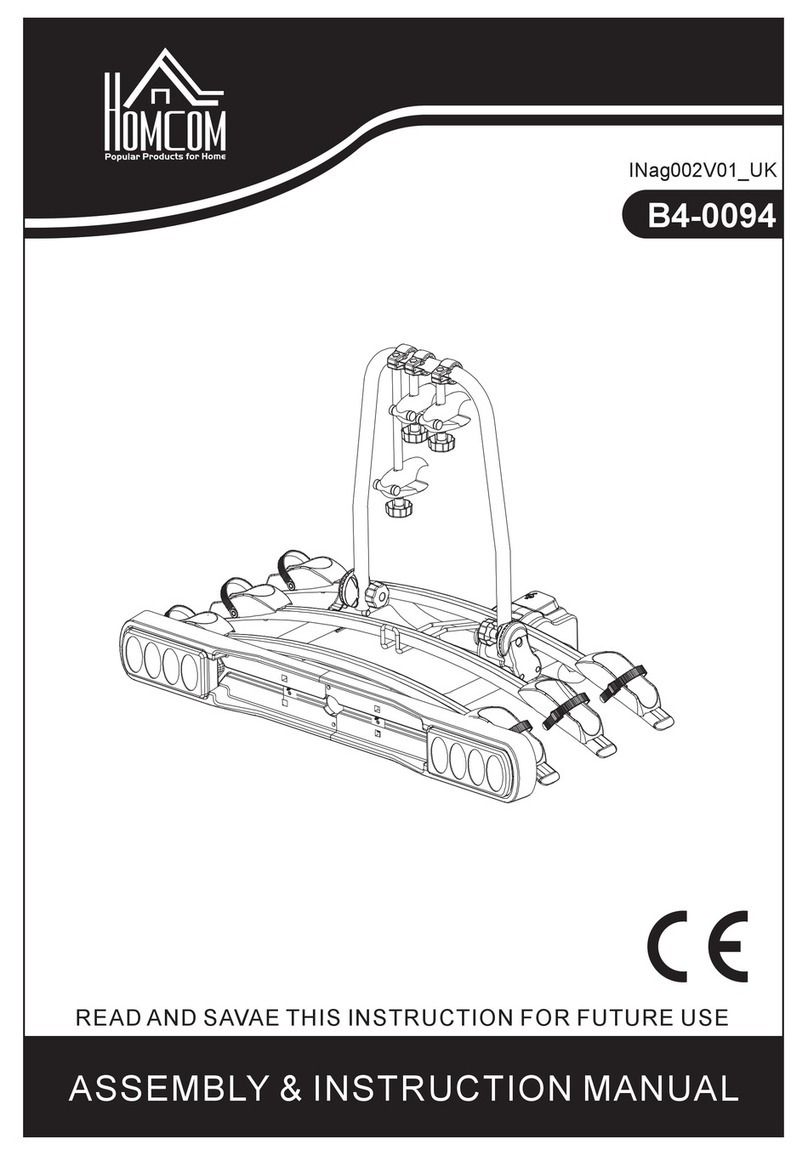
VI. Prüfung des Steuerteils der Vorzündung
Um die Kontrolle der Vorzündung zu gewährleisten, dass das Zündsystem während des
Zeitpunkts des Kompressionsschubes zündet. Die Steuerung der Frühzündung umfasst:
mechanische
Vorschubsteuerung, Unterdrucksteuerung und elektronische Vorsteuerung, etc.
Notiz: diese Prüfmethoden des Fahrzeugzündung sind sehr unterschiedlich. Die folgende
Methode ist die allgemeinste Methode für eine mechanische Inspektion des Zündpunktes.
Wenn sie Zündung prüfen sollten sie gucken, dass die Zündungszeit und der Schließwin-
kel korrekt sind. Siehe Reparaturanleitung, um das korrekte Kontrollverfahren einzusehen.
Achten sie darauf, das alle Sicherheitshinweise eingehalten sind.
VII. Inspektion der elektronischen Frühzündung
Die Ü berprüfung der elektronischen Zündvorstellung variiert von Fahrzeug zu Fahrzeug.
Entnehmen sie dies bitte aus dem Handbuch.
VIII. Fehlerbehebung der Zeitmessung
Wenn die Zeitmessung nicht richtig arbeitet, prüfen sie bitte folgende Teile.
8-1 Stellen sie sicher, das die Verbindung zw. den Klemmen und den Batteriepolen
gewährleistet ist.
8-2 Stellen sie sicher, das die Klemmen mit den richtigen Batteriepolen verbunden ist ( die
rote Klemme muss mit der “+“ Anode verbunden sein und die schwarze Klemme mit der “-“
Kathode)
8-3 Stellen sie sicher das die Anschlüsse frei von Schmutz sind. Wenn nötig befreien sie
diese von Schmutz, entsprechend auch die Anschlüsse der Zündpistole.
8-4 Stellen sie sicher das das induktive Signalaufnahmegerät korrekt mit dem Hochspan-
nungskabel und Zylinder 1 verbunden ist.
8-5 Stellen sie sicher, das die Zündkerze aus Zylinder 1 funktioniert.
8-6 Verbinden sie das induktive Signalaufnahmegerät mit dem Hochspannungskable aus
Zylinder 1.
Drücken sie den Schalter für das Prüflicht, prüfen sie die Zündkerze von Zylinder 1 und
führen folgen Anweisung durch.
Notiz: Stimmt etwas mit der niedrigen Zündspannung der Zündkerze oder dem Hochspan-
nungskabel nicht kann es zu Abweichungen der Zeitmessung führen. Klemmen sie die
induktive Signalaufnahmevorrichtung an anderen Positionen des Hochspannungskabels
an um zu prüfen ob sich die Daten ändern. Die elektromagnetischen Wellen, welche durch
die Zündung entstehen werden gemessen. Diese können bei Hochspannungskabeln für
z.B. Renn- oder Offroadfahrzeugen höher ausfallen als bei EMI oder RFI Standards.,
wodurch die Testwerkzeuge nicht korrekt arbeiten.
Kontaktieren für die richtigen Testanforderungen den Fahrzeughersteller.
-5-





























